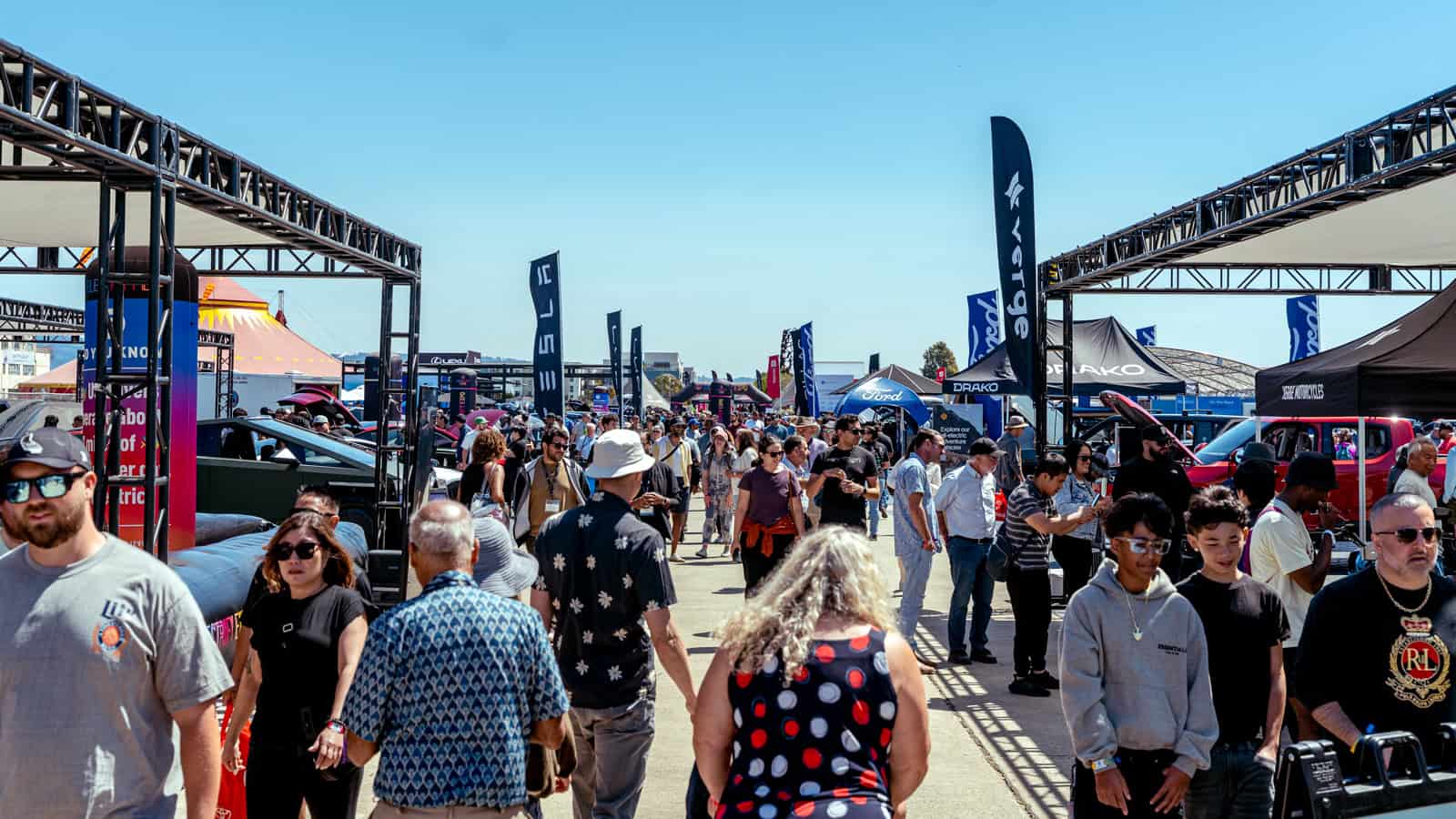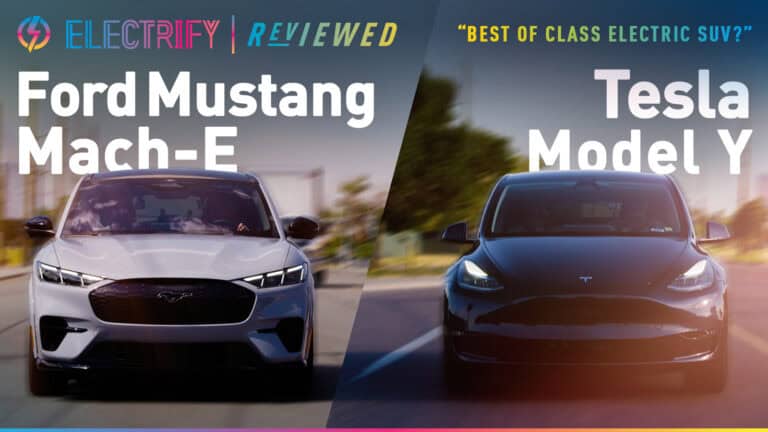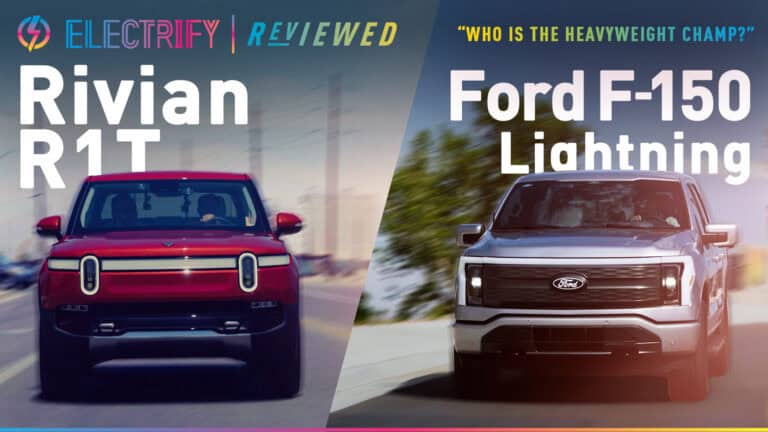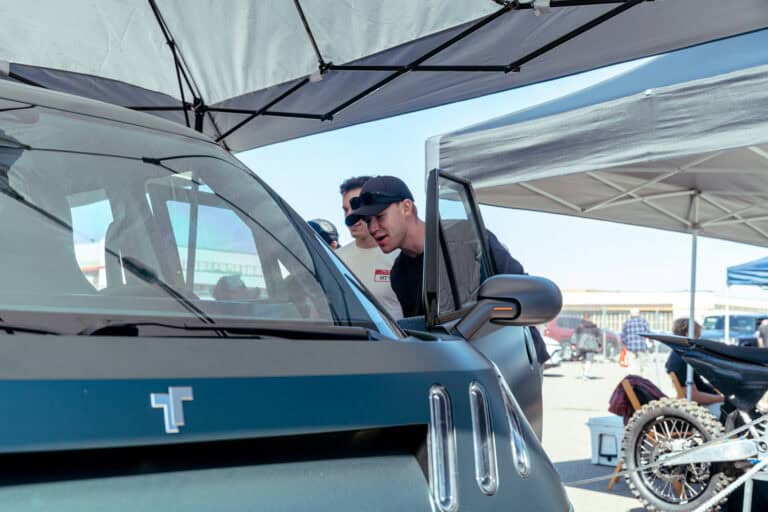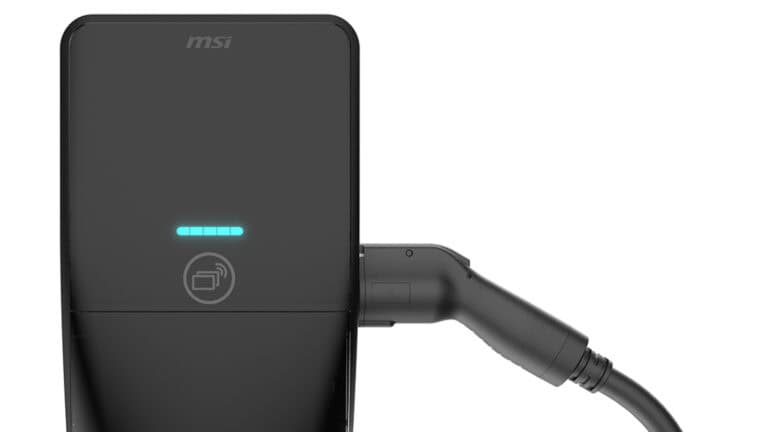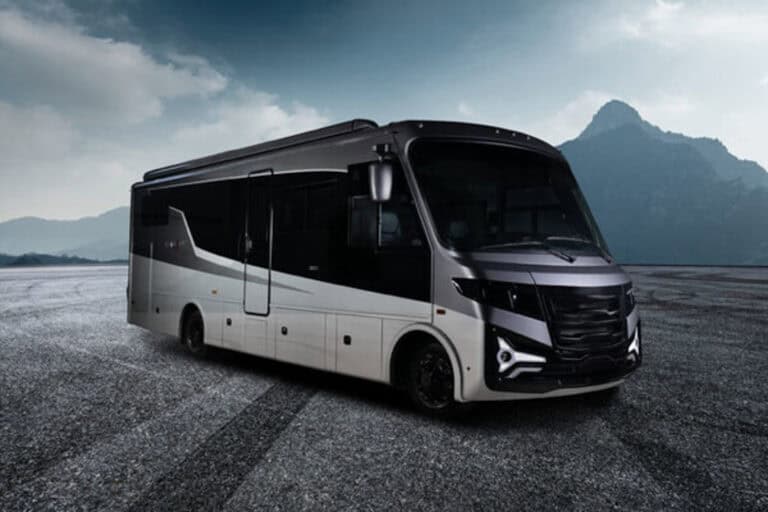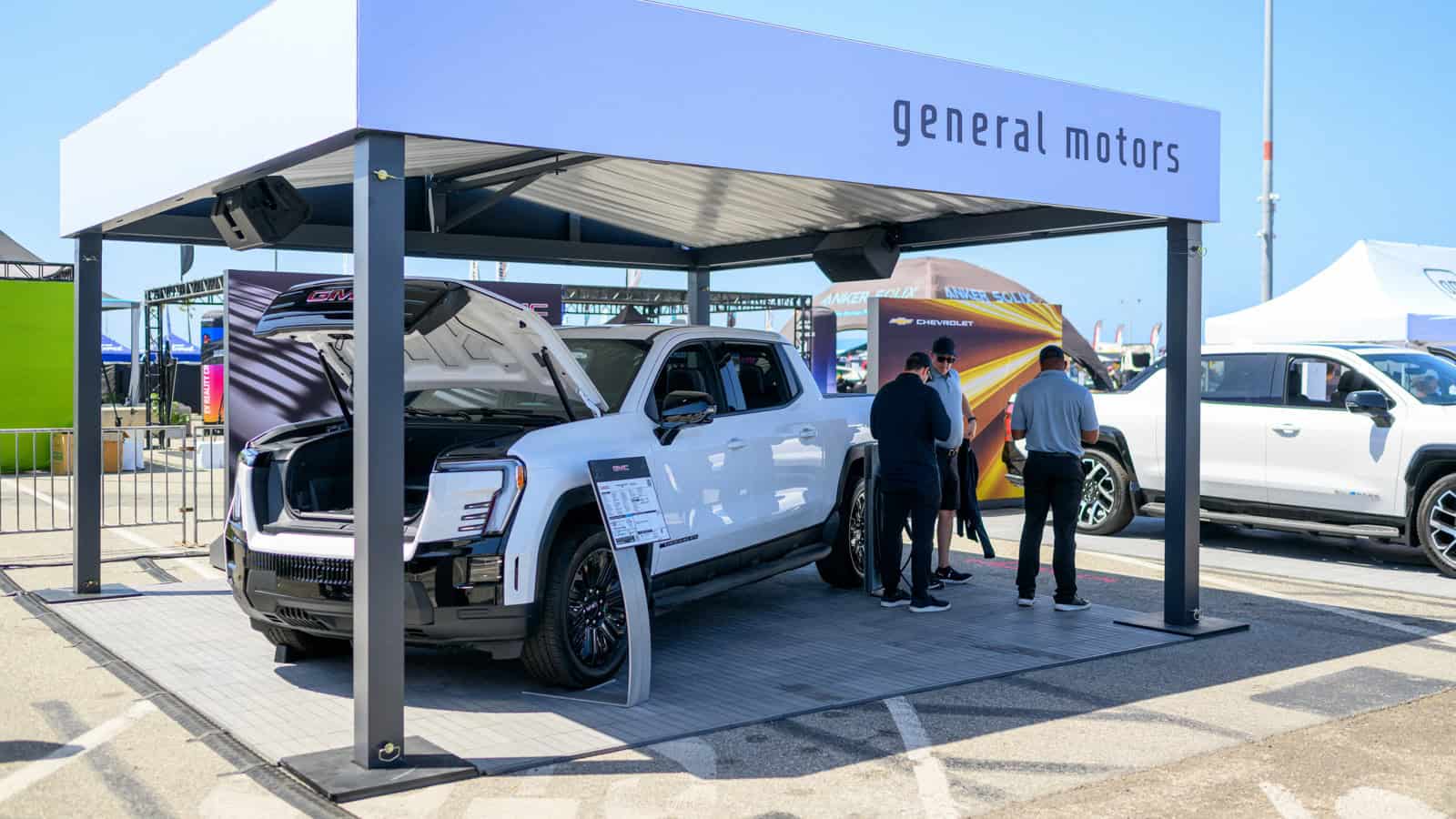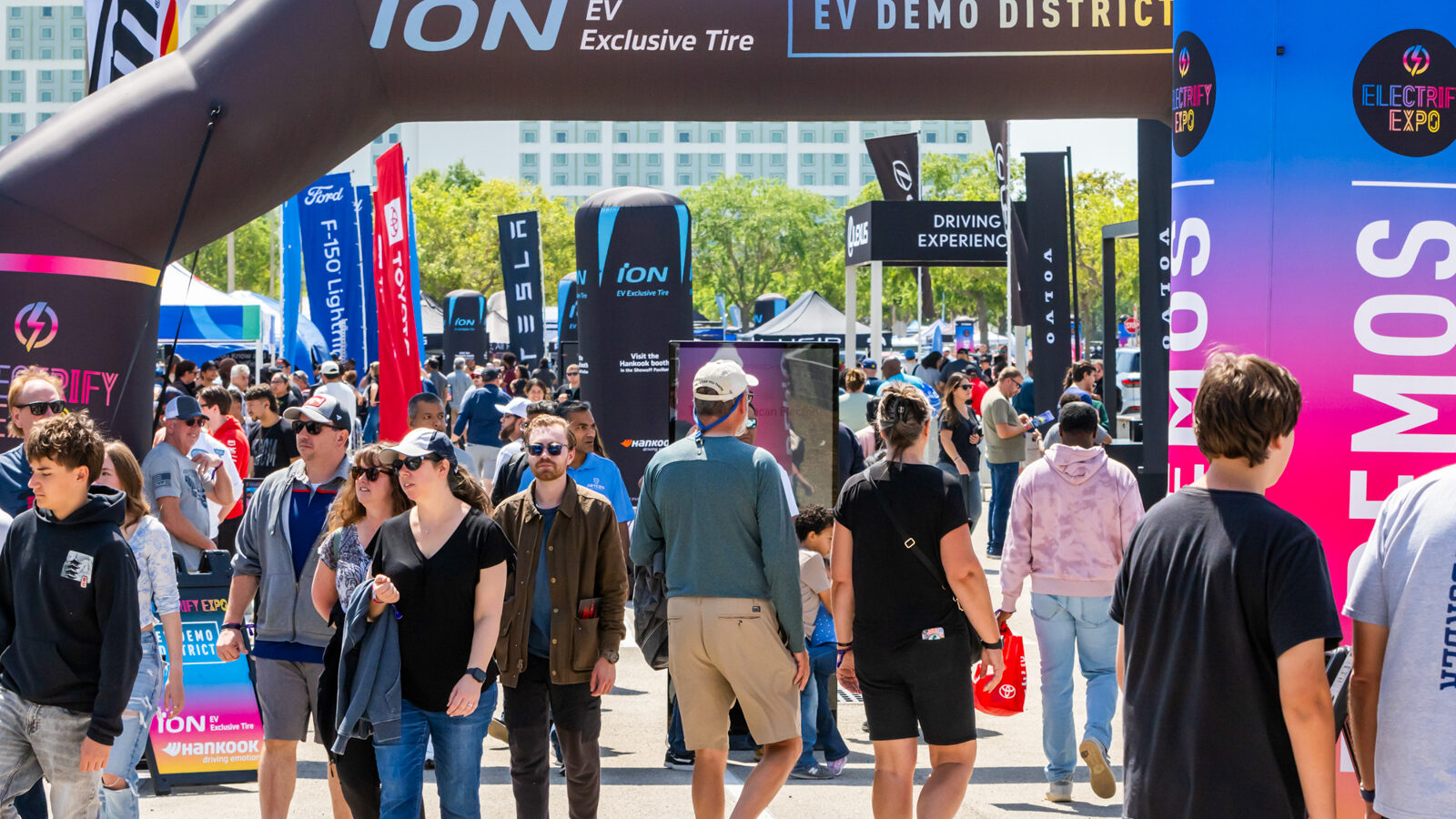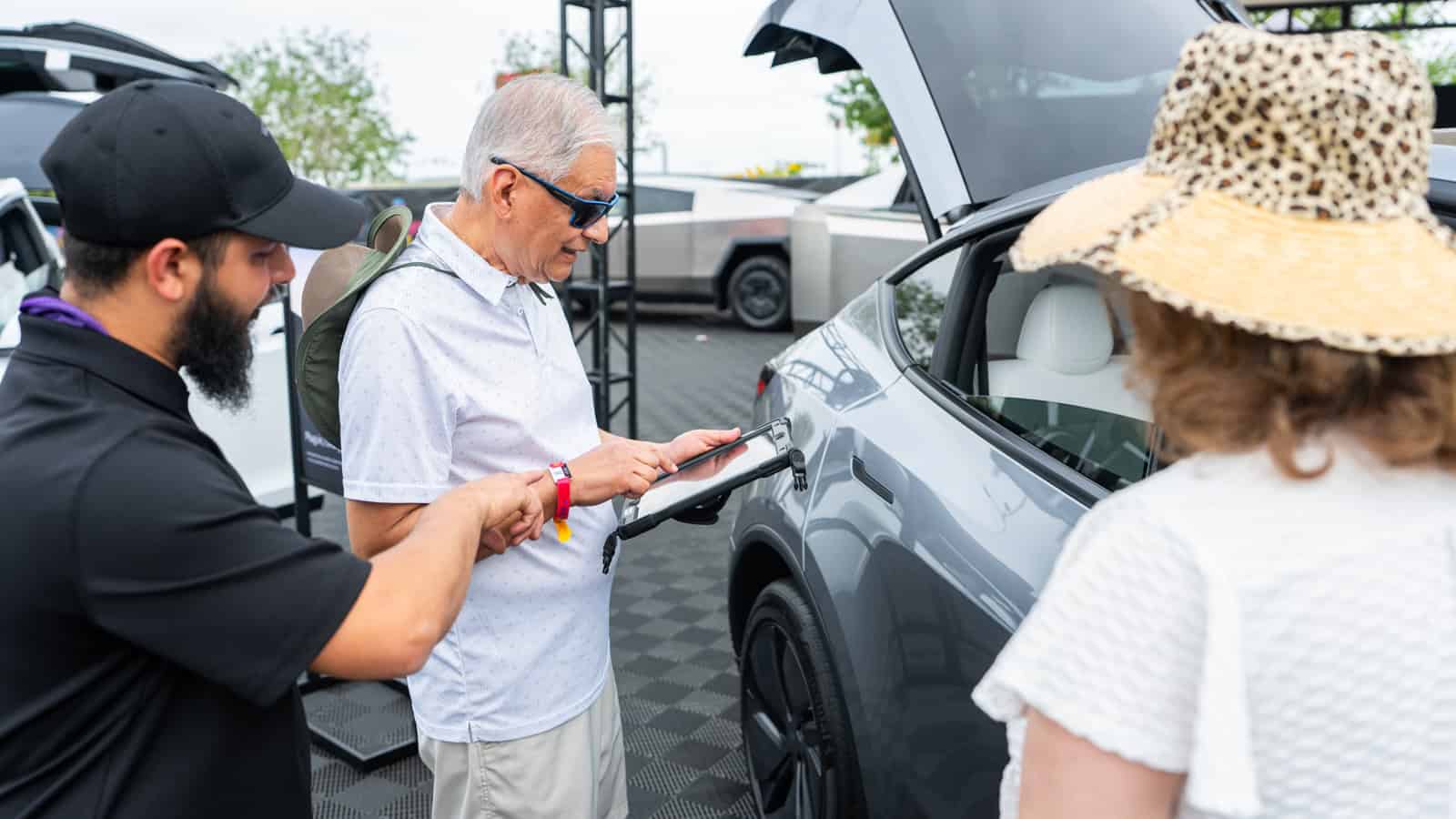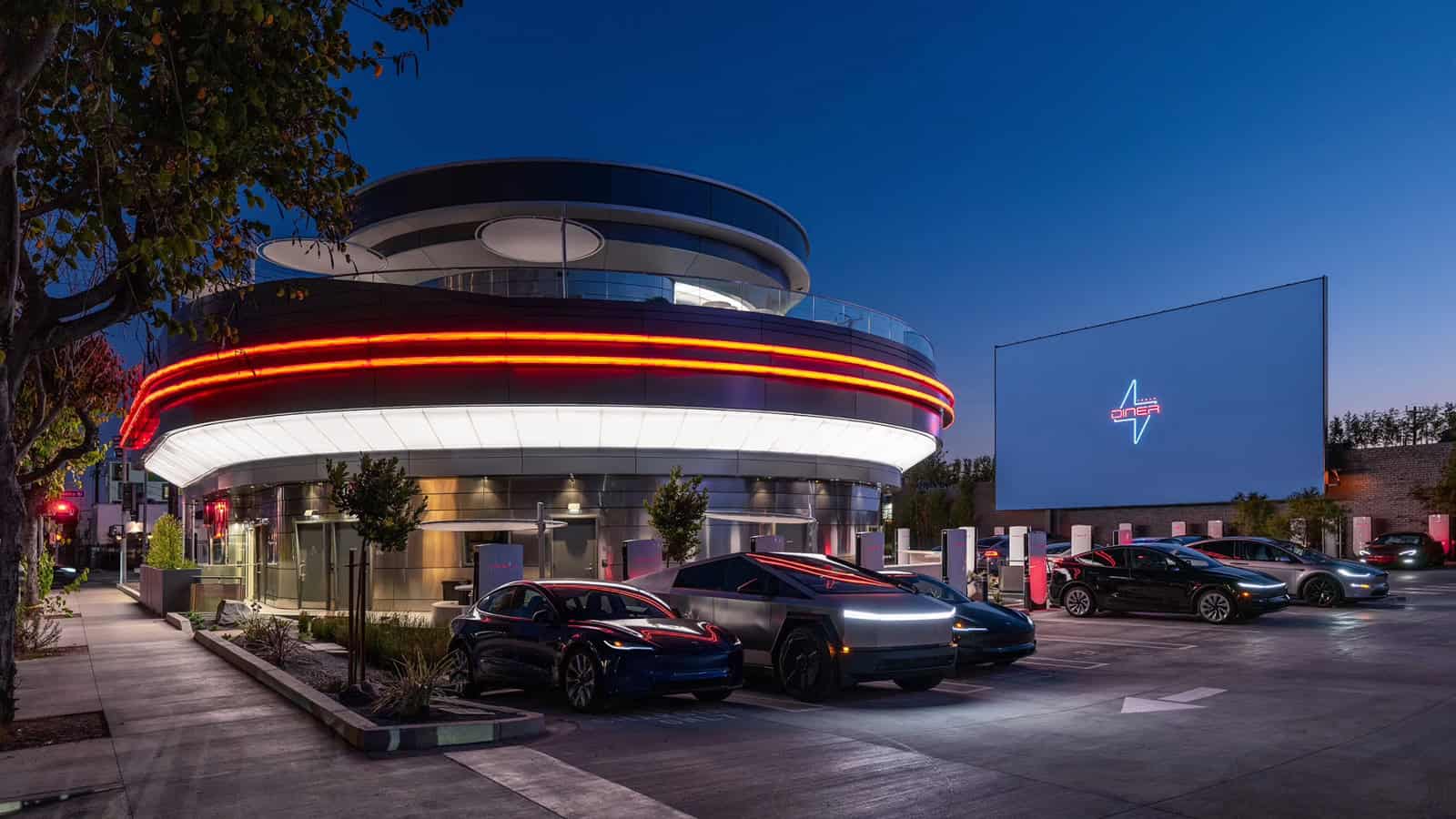- Lock in your EV tax credit now with just a deposit and contract before September 30, even if delivery comes later.
- Buyers can still claim up to $7,500 on new EVs or $4,000 on used ones, but the clock is ticking fast.
- The One, Big, Beautiful Bill law is cutting off multiple clean-energy perks sooner than expected, leaving procrastinators with nothing but regret.
ADVERTISEMENT
Let’s say you put money down on a shiny new electric vehicle today, but the dealer tells you it will not arrive until October. Do you lose out on thousands in tax credit? The answer might surprise you.
That’s exactly the scenario the IRS just addressed. After months of speculation, the government confirmed earlier this summer that the federal electric vehicle tax credit would expire on September 30, 2025.

But the IRS quietly adjusted its guidance. As long as you have a written binding contract and put money down by that date, you’ll still qualify for the credit even if your vehicle arrives later. That means buyers can lock in as much as $7,500 on a new EV or $4,000 on a used one without needing the car in their driveway by September 30.
It’s a small but meaningful cushion for anyone who has already signed on the dotted line.
Say you reserve that Tesla with a deposit by September 30. You’ve officially “acquired” it, even if the factory speed slows things. That credit’s still yours.
As the IRS says, “a vehicle is ‘acquired’ as of the date a written binding contract is entered into and a payment has been made”, and you still get the credit at the moment you actually take possession, so later is fine.
Dealers must issue a “time-of‑sale report” once you take possession or within three days.
ADVERTISEMENT
Across the auto industry, from Tesla to GM to Ford, this adjustment could ease last-minute delivery snags and allow more sales to count in Q3, instead of losing buyers whose vehicles arrive in October.
This adjustment is part of a larger tax overhaul known as the “One, Big, Beautiful Bill” or OBBB, passed on July 4, 2025. Under the law, clean vehicle credits (Section 30D for new EVs, 25E for used, and 45W for commercial EVs) end for any vehicle not “acquired” by September 30, 2025.
In this context, “acquired” means having a signed binding contract and some form of payment, such as a deposit or trade-in. The vehicle still has to be “placed in service” to claim the credit, which simply means you take possession, but as long as the acquisition happened on time, the credit applies.
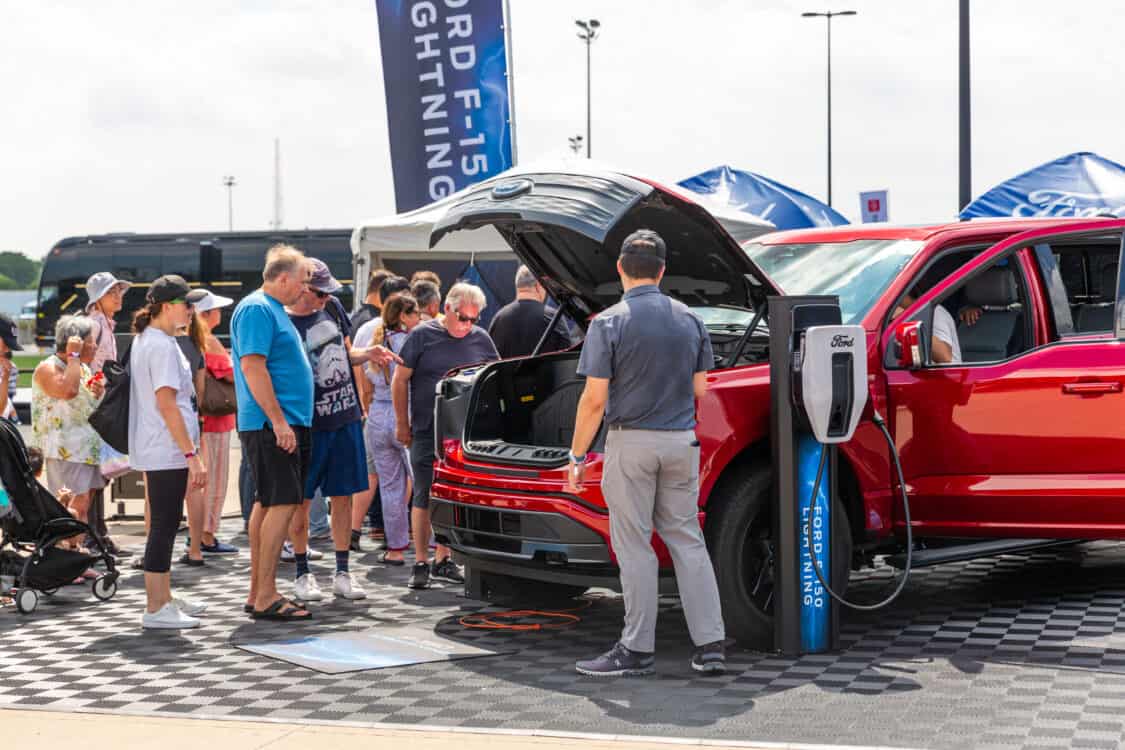
The OBBB timeline also shortens other clean-energy incentives. Credits for home energy improvements and residential clean energy projects end on December 31, 2025. EV charging credits expire on June 30, 2026, and several additional deductions conclude by mid-2026.
Many EV buyers are paying close attention because the so-called “lease loophole” comes to an end after September 30. That option had been a common way to secure the full credit through leases, but it will no longer be available.
Timing and contract terms matter now more than ever. And as quick reminder for new car shoppers, there are still restrictions to keep in mind, including price caps, North American assembly requirements, and income limits that can determine eligibility.
ADVERTISEMENT
Let’s zoom out for a second. Take this loophole as a breather. Buyers stuck waiting on factory delays or holding out for a specific trim get a cushion. Automakers gain some breathing space to organize quarterly numbers.
And for policy watchers, it reinforces a simple reality that these credits have an expiration date. You lock them in through acquisition timing, not when the car finally reaches your driveway.
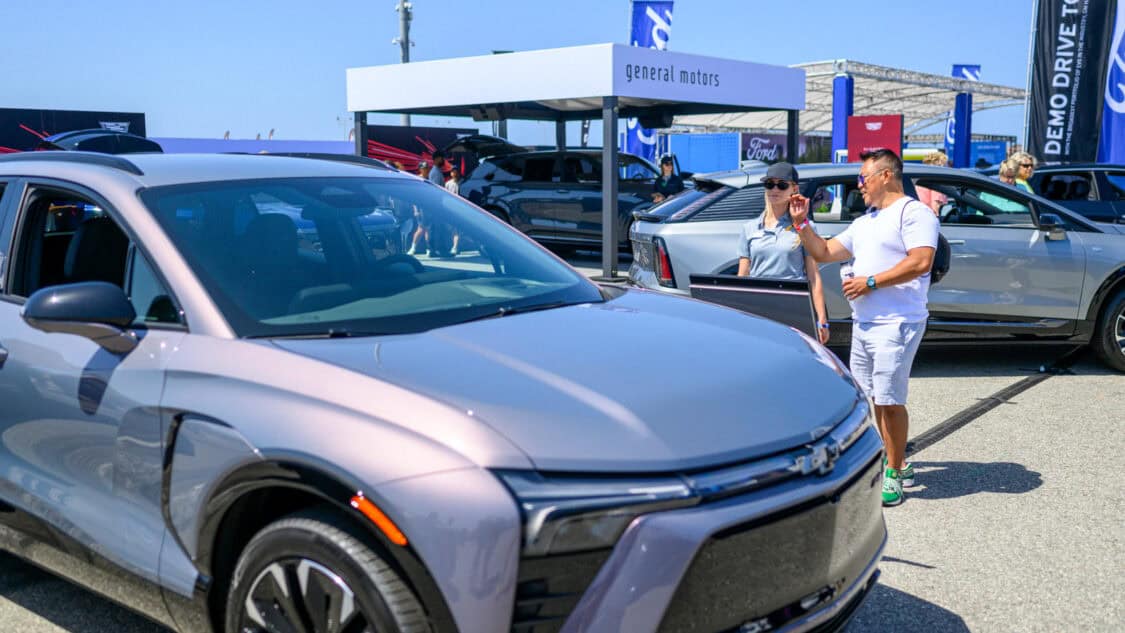
And for everyday car buyers, here’s what to keep front-of-mind:
- Put down a deposit or trade-in and sign a contract before September 30, and you keep the credit even if your car arrives later.
- That rule applies to both new and used EVs.
- Dealers are required to issue a time-of-sale report when you take possession, or within a few days.
- The OBBB law is cutting off several other clean-energy incentives on an accelerated schedule, so pay close attention to the deadlines.
ADVERTISEMENT
IMAGES: ELECTRIFY EXPO
FTC: We use income-earning auto affiliate links. Learn more.


